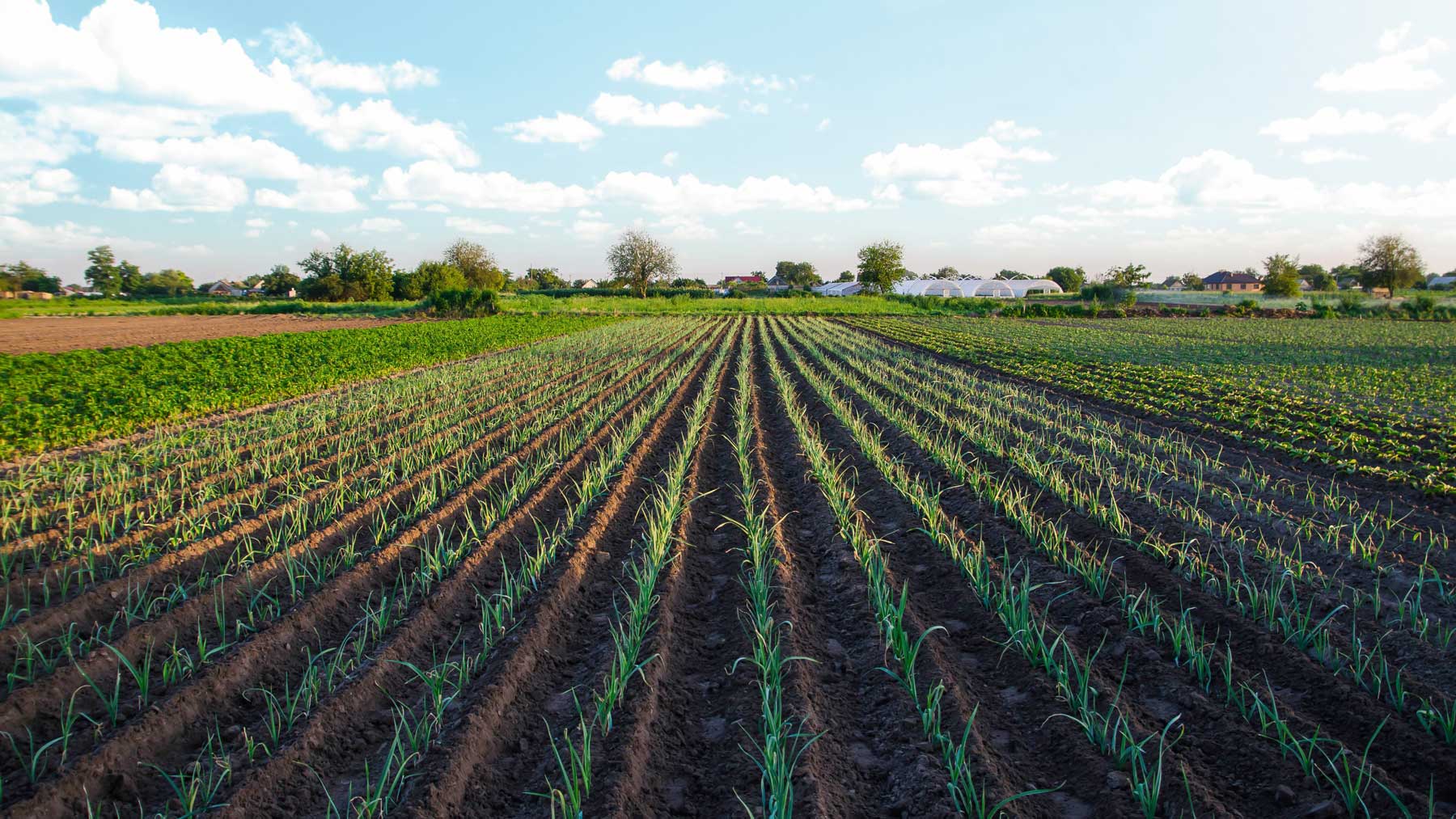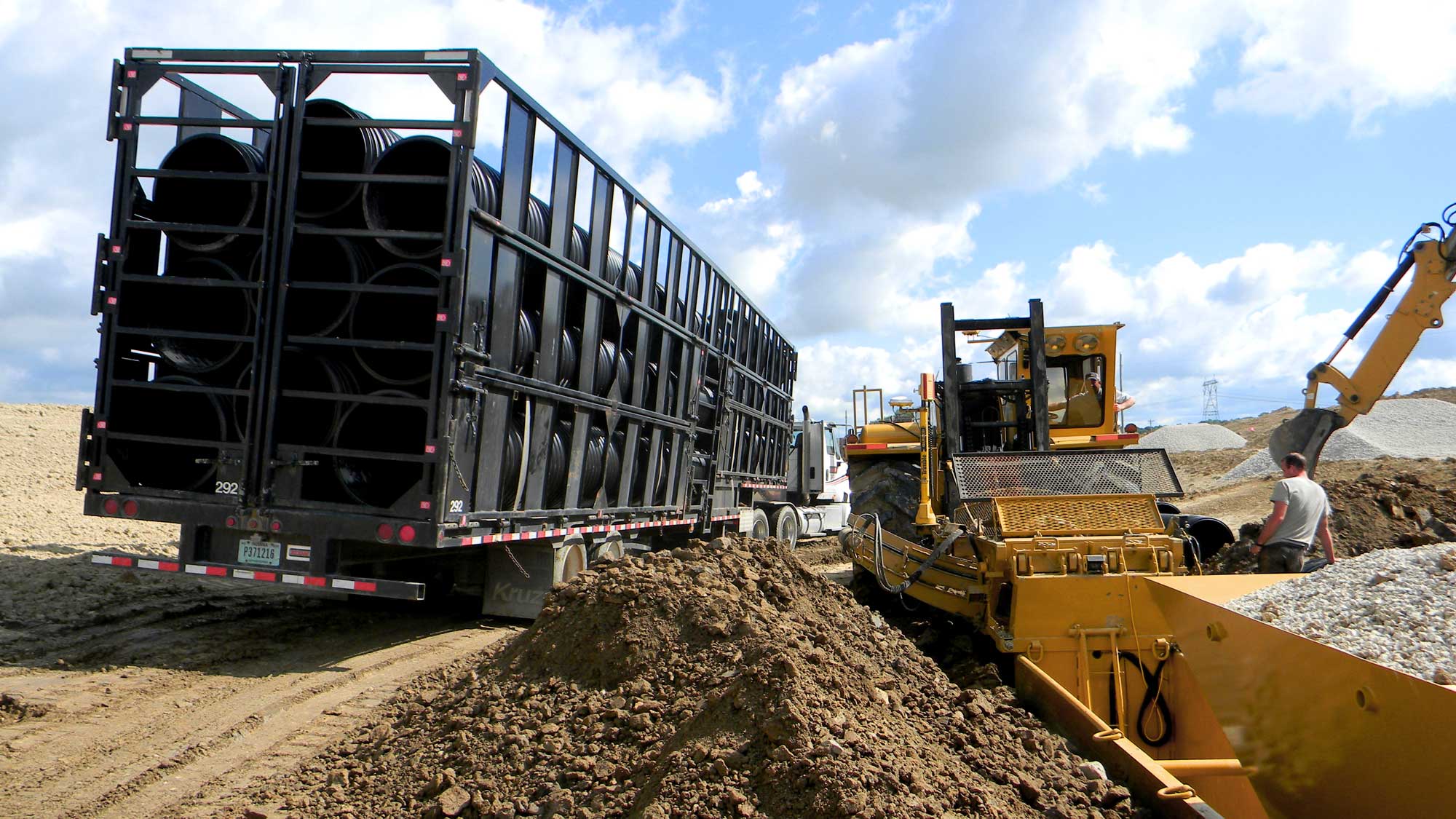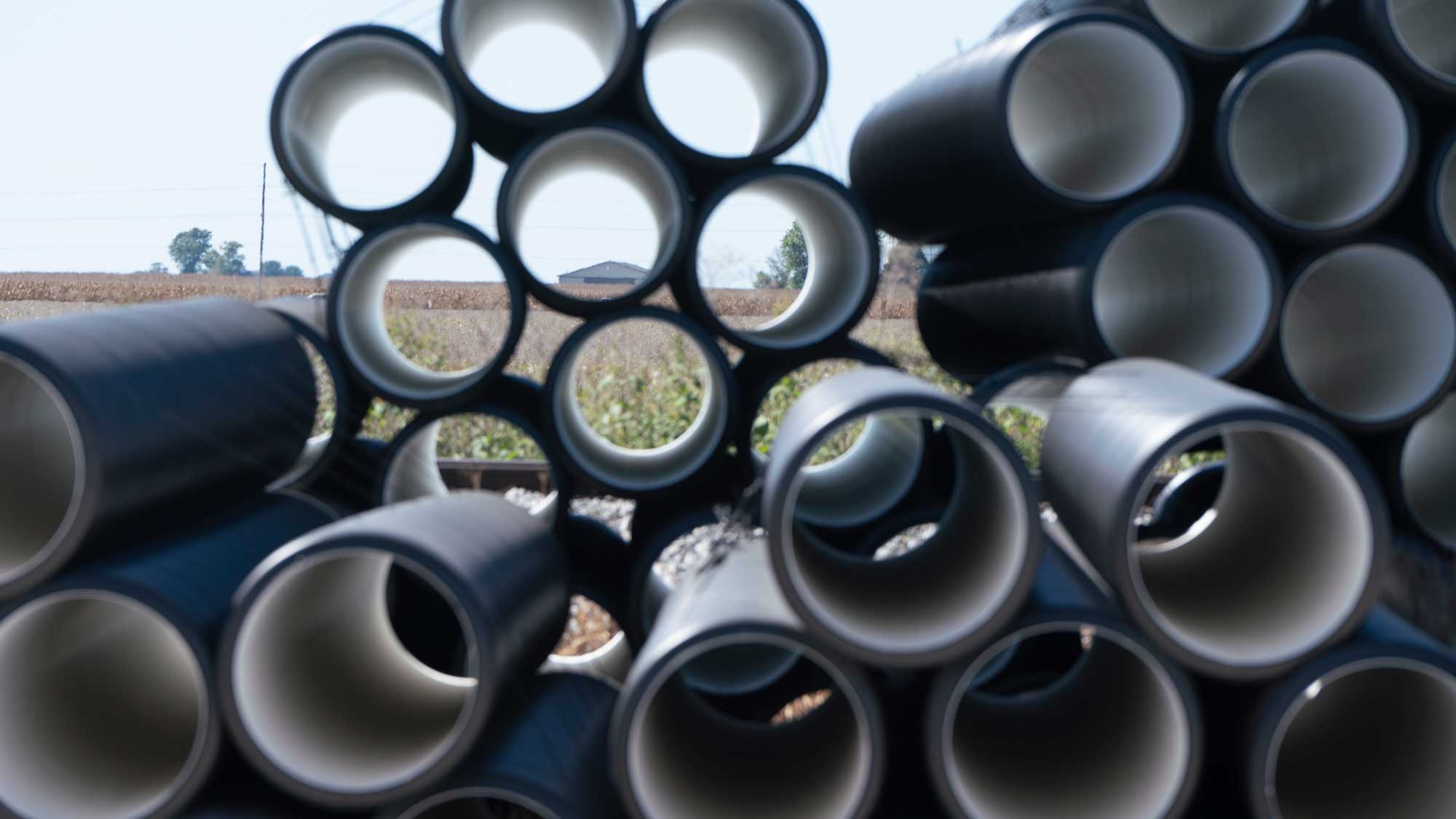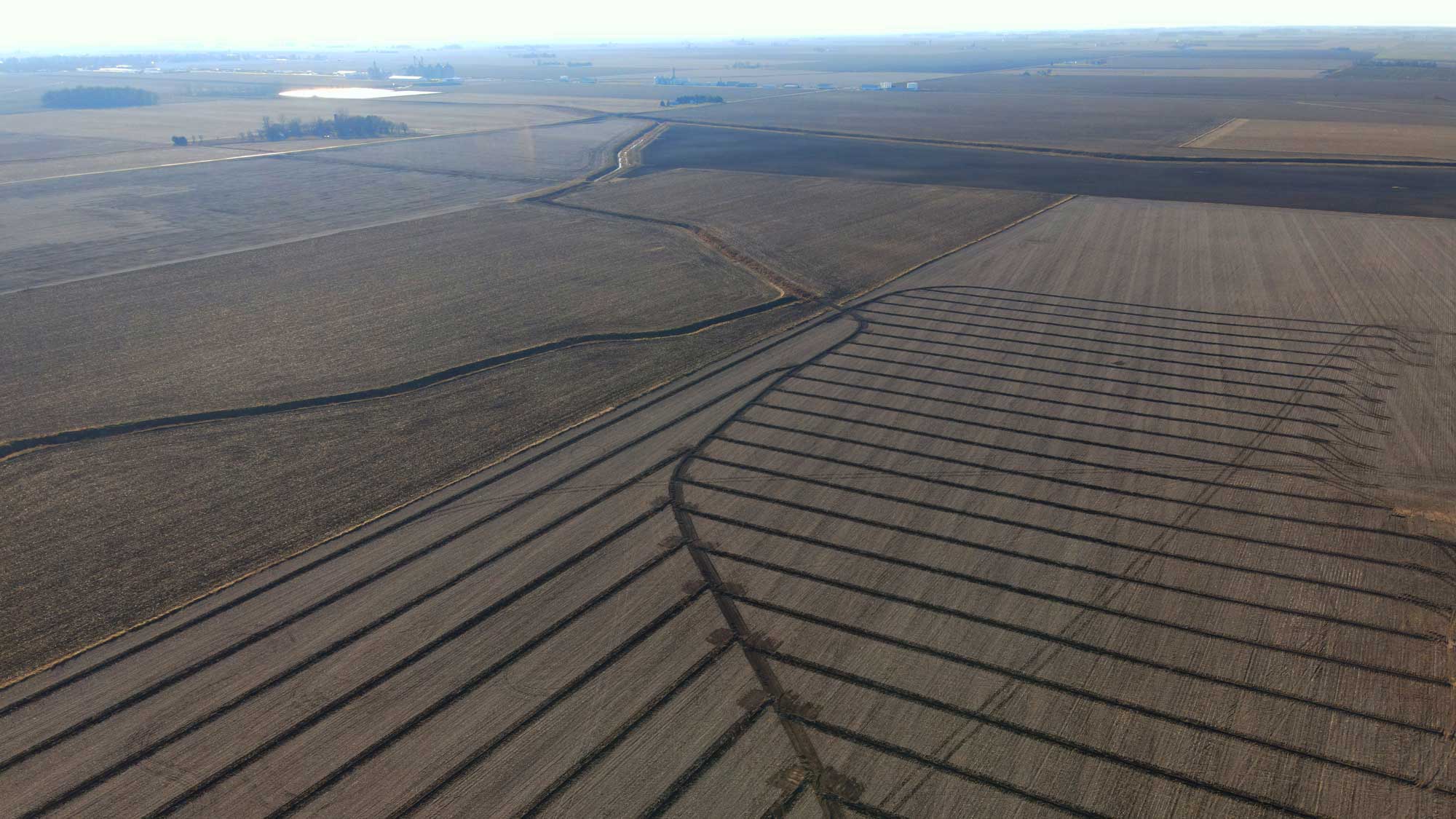As seen in the Tried & True Fall 2024 issue
When it comes to innovative farming techniques, few methods have sparked as much conversation as subirrigation. It’s been a game-changer, especially for farmers grappling with the challenges of poorly drained soils. We had the opportunity to sit down with Charlie Schafer, CEO of Agri Drain, to learn why this technique is making waves in the industry. Charlie’s insights go beyond the basics, offering a deeper understanding of how subirrigation works and why it is a great step forward to more sustainable agriculture.
What is Subirrigation?
Subirrigation is an agricultural irrigation method where water is delivered directly to the root zone of the plants through a network of underground pipes, like previously installed drainage systems. This method contrasts with traditional irrigation techniques, which typically apply water from above the ground, such as sprinkler systems or surface flooding. Subirrigation systems are especially beneficial for fields with flat topography and heavy clay soils, which are prone to waterlogging and poor drainage.
How Does Subirrigation Work?
In subirrigation, water is supplied to the soil through perforated pipe installed beneath the field’s surface. The pipe is connected to a water source, which can be a pond, well or stream. Either pumps or simply gravity bring the water into the system, and then gravity distributes the water throughout the system. The water then moves upward from the pipe into the soil, moistening the root zone directly.
The process can be visualized as similar to a sponge soaking up water from the bottom. The soil acts like the sponge, drawing water upwards through capillary action. This method ensures that water reaches the roots efficiently, reducing wastage and evaporation losses common with surface irrigation systems.
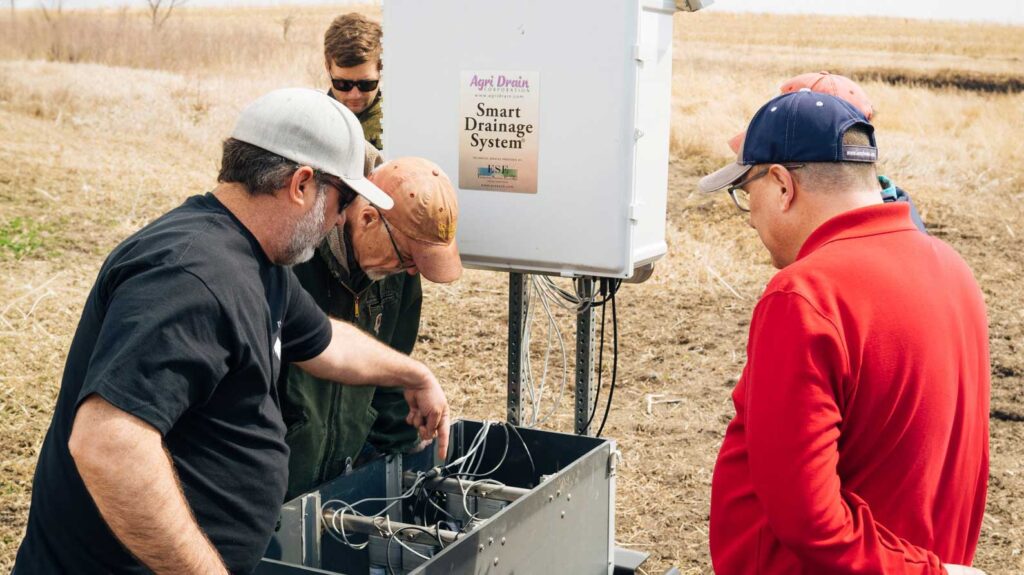
Components of a Subirrigation System
- Underground Pipe: Perforated pipe laid out in a grid or parallel lines beneath the soil surface.
- Water Source: A pond, well or stream that provides the necessary water.
- Pumps and Gravity Flow: Used to deliver and distribute the water through the pipe.
- Valves and Controls: Automated or manual valves to regulate water flow and distribution.
- Monitoring Systems: Sensors and controls to manage water levels and ensure optimal soil moisture.
Benefits of Subirrigation
Efficiency:
Subirrigation is highly efficient because it delivers water directly to the root zone, minimizing evaporation and runoff. This method uses less water compared to traditional irrigation systems, making it ideal for areas with water scarcity.
Energy Savings:
Since water is applied below the surface, it requires less energy to pump and distribute. The system operates at lower pressure compared to sprinkler systems, reducing energy consumption.
Improved Plant Health:
By providing consistent moisture to the root zone, subirrigation promotes healthier plant growth. It prevents water from wetting the leaves, reducing the risk of fungal diseases and pest infestations. Plants also benefit from improved nutrient uptake due to the consistent moisture levels.
Environmental Benefits:
Subirrigation helps in reducing soil erosion and nutrient leaching, which are common issues with surface irrigation. This method also supports better water management, contributing to sustainable agricultural practices.
Seamless Integration:
The integration of subirrigation with existing drainage systems means that the transition can often be done without disrupting ongoing agricultural activities. This seamless adjustment allows farmers to adopt subirrigation strategies gradually, ensuring that the crops continue to receive adequate water throughout the conversion process.
Case Studies and Applications
Charlie Schafer and Agri Drain have implemented subirrigation systems in various agricultural settings, showcasing their effectiveness. For example, in Florida, where high-value crops like kale, radishes and celery are grown, subirrigation has been used to address water scarcity and quality issues. In the Midwest, commodity crops like beans and corn are often sustained by subirrigation. The system’s ability to provide uniform moisture without the drawbacks of surface irrigation has made it an attractive option for all crops.
Another successful application is in regions with tidal influences, where traditional irrigation methods fail. Subirrigation systems help in maintaining soil moisture levels without the need for frequent water applications, thereby conserving water and enhancing crop yields.
However, the technology still has room for improvement. Schafer explained that they are always working to improve the automation side of these systems to maximize the results they can provide.
Subirrigation represents a significant advancement in agricultural irrigation techniques, offering numerous benefits over traditional methods. Its efficiency, energy savings and positive impact on plant health and the environment make it an ideal choice for modern farming. As the agricultural industry continues to seek sustainable and effective water management solutions, subirrigation stands out as a promising method that addresses both the challenges and opportunities of contemporary farming practices.
We are proud to supply Agri Drain’s Inline Water Level Control Structures™, which let farmers manage the water levels in their soil. It’s what makes subirrigation tick by working like the brain of a drainage system. By adjusting the stoplogs, the user can easily set the water height where he or she wants it. This control helps manage water flow, keep valuable nutrients in place and reduce the risk of flooding.






